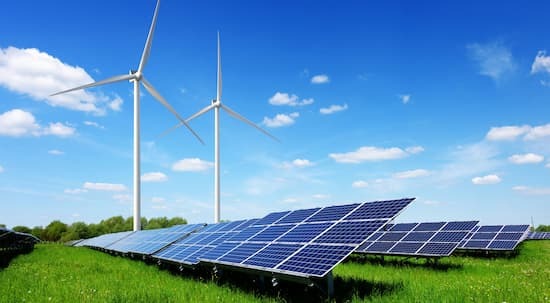What Emerging Technologies Will Make Solar Energy Safer
Solar energy, as a clean and renewable energy source, is gaining increasing importance. However, safety issues related to solar energy are also becoming more prominent. As technology advances, emerging technologies are emerging to address the safety concerns of solar energy, paving the way for a safer and more reliable future for solar development.

1. Artificial Intelligence and Machine Learning
Artificial Intelligence (AI) and Machine Learning (ML) are playing an increasingly important role in the solar energy field, effectively improving safety.
Predictive Maintenance: AI can analyze large amounts of data to identify potential problems in solar panels, inverters, and other equipment, allowing for preventative maintenance to prevent failures and accidents.
Safety Monitoring: AI can monitor the operating status of the solar system in real-time, identifying any abnormalities and issuing timely alerts to avoid safety risks.
Optimized Design: AI can optimize the design of solar systems based on environmental factors, geographic location, and other data, enhancing safety.
2. Smart Grid Technology
Smart grid technology can improve the reliability and safety of solar energy systems.
Grid Safety Monitoring: Smart grids can monitor the operating status of the grid in real-time, detecting and addressing faults promptly to prevent accidents.
Grid Stability: Smart grids can seamlessly integrate solar power generation into the grid, enhancing grid stability and safety.
Fault Isolation: Smart grids can quickly identify fault zones and isolate them, minimizing impact on other areas.
3. Drone Technology
Drone technology can be applied to safety inspections and maintenance of solar energy systems.
Remote Inspection: Drones can quickly and safely inspect solar panels, inverters, and other equipment, identifying potential faults and safety hazards.
Maintenance Operations: Drones can be equipped with cameras, sensors, and other equipment to perform remote repairs, reducing the risk of manual operations.
Disaster Assessment: Drones can help assess damage to solar systems after natural disasters and facilitate rapid repairs.
4. Nanotechnology
Nanotechnology can improve the efficiency and safety of solar cells.
Anti-Pollution: Nano-coatings can effectively prevent dust and pollution accumulation on the surface of solar panels, improving power generation efficiency and extending lifespan.
Anti-Corrosion: Nanomaterials can enhance the corrosion resistance of solar cells, extending lifespan and reducing safety risks.
Fire Resistance: Nanomaterials can improve the fire resistance of solar systems, reducing the risk of fire.
5. New Materials
The emergence of new materials also offers new possibilities for the safe development of solar energy.
High-Efficiency Materials: New materials can improve the conversion efficiency of solar cells, reducing land requirements and lowering safety risks.
Durable Materials: New materials can enhance the durability of solar systems, extending lifespan, reducing maintenance costs, and improving safety.
Lightweight Materials: New materials can reduce the weight of solar systems, minimizing installation risks and improving safety.
6. Biomaterials
The application of biomaterials also opens up new avenues for the safe development of solar energy.
Biodegradable Materials: Biodegradable materials can be used to manufacture solar panels and other equipment, reducing environmental pollution risks.
Bioenergy: Biomaterials can be used to produce biofuels, reducing reliance on traditional fossil fuels and lowering environmental pollution risks.
Conclusion
The development of emerging technologies is bringing revolutionary changes to the solar energy industry, providing strong support for a safer and more reliable future for solar development. As these technologies mature and become more widely adopted, solar energy will become safer, more efficient, and more environmentally friendly, providing humanity with a cleaner and more sustainable energy solution.




